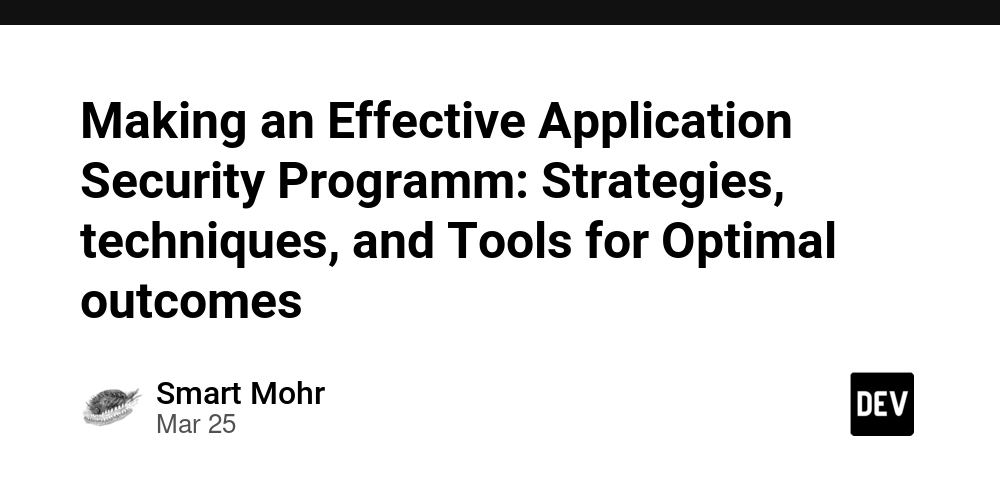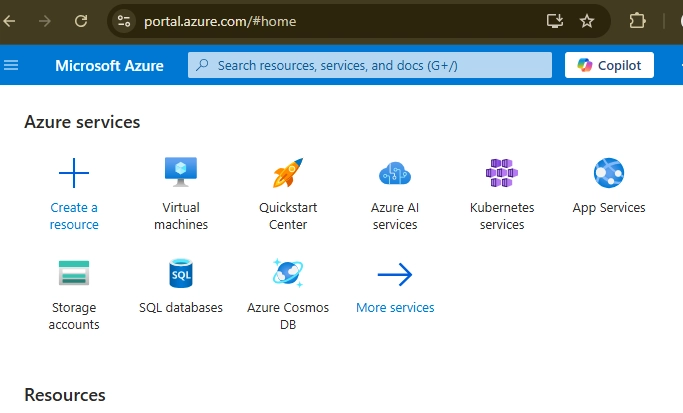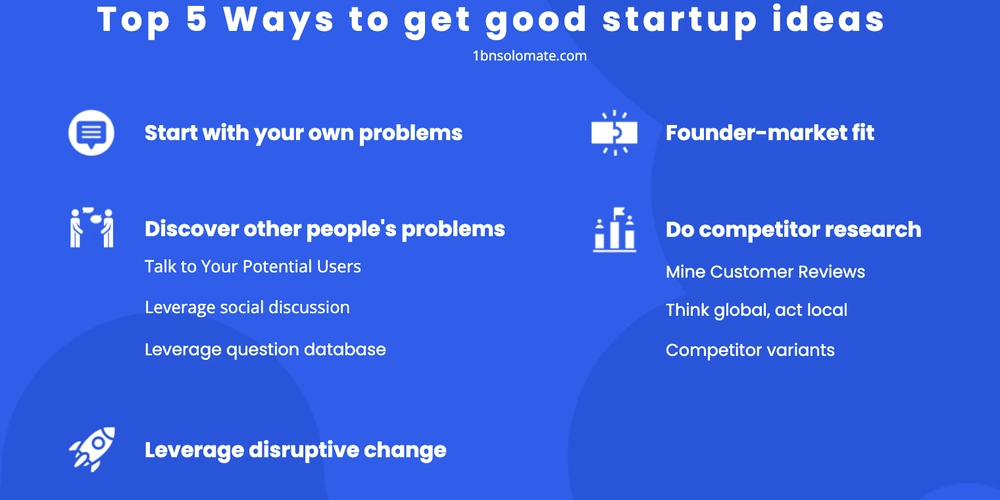Making an Effective Application Security Programm: Strategies, techniques, and Tools for Optimal outcomes
AppSec is a multi-faceted, comprehensive approach that goes well beyond vulnerability scanning and remediation. The constantly changing threat landscape in conjunction with the rapid pace of innovation and the increasing complexity of software architectures calls for a holistic, proactive strategy that seamlessly integrates security into all phases of the development lifecycle. This comprehensive guide provides essential components, best practices and cutting-edge technology that help to create a highly-effective AppSec program. security automation tools It helps organizations improve their software assets, minimize risks, and establish a secure culture. The success of an AppSec program relies on a fundamental shift in perspective. Security should be viewed as a key element of the development process, and not just an afterthought. This fundamental shift in perspective requires a close partnership between developers, security, operational personnel, and others. It eliminates silos and fosters a sense shared responsibility, and fosters collaboration in the security of software that they create, deploy or manage. DevSecOps lets companies incorporate security into their process of development. This means that security is taken care of throughout the entire process beginning with ideation, design, and deployment all the way to ongoing maintenance. A key element of this collaboration is the formulation of clear security policies standards, guidelines, and standards which establish a foundation for secure coding practices, risk modeling, and vulnerability management. These guidelines should be based on industry-standard practices like the OWASP top 10 list, NIST guidelines, as well as the CWE. They should be mindful of the particular requirements and risk specific to an organization's application and their business context. These policies could be codified and easily accessible to all parties in order for organizations to have a uniform, standardized security policy across their entire application portfolio. To make these policies operational and make them relevant to development teams, it is important to invest in thorough security training and education programs. These programs should provide developers with knowledge and skills to write secure software as well as identify vulnerabilities and apply best practices to security throughout the process of development. Training should cover a range of aspects, including secure coding and common attack vectors, as well as threat modeling and security-based architectural design principles. Through fostering a culture of constant learning and equipping developers with the tools and resources they need to integrate security into their work, organizations can develop a strong base for an effective AppSec program. Security testing is a must for organizations. and verification processes as well as training programs to spot and fix vulnerabilities before they can be exploited. This requires a multilayered strategy that incorporates static and dynamic techniques for analysis and manual code reviews as well as penetration testing. At the beginning of the development process, Static Application Security Testing tools (SAST) can be utilized to detect vulnerabilities like SQL Injection, Cross-SiteScripting (XSS) and buffer overflows. https://ismg.events/roundtable-event/denver-appsec/ Dynamic Application Security Testing tools (DAST) however, can be used for simulated attacks against running applications to identify vulnerabilities that might not be discovered through static analysis. Although these automated tools are necessary for identifying potential vulnerabilities at an escalating rate, they're not an all-purpose solution. Manual penetration testing conducted by security professionals is essential for identifying complex business logic flaws that automated tools may fail to spot. Combining automated testing and manual verification, companies can obtain a more complete view of their overall security position and determine the best course of action based on the severity and potential impact of the vulnerabilities identified. In order to further increase the effectiveness of an AppSec program, companies should consider leveraging advanced technologies such as artificial intelligence (AI) and machine learning (ML) to improve their security testing and vulnerability management capabilities. AI-powered tools are able look over large amounts of application and code data and spot patterns and anomalies that could signal security problems. These tools also help improve their detection and preventance of new threats through learning from the previous vulnerabilities and attacks patterns. One particularly promising application of AI in AppSec is the use of code property graphs (CPGs) that can facilitate more accurate and efficient vulnerability identification and remediation. CPGs provide a rich and conceptual representation of an application's codebase. They can capture

AppSec is a multi-faceted, comprehensive approach that goes well beyond vulnerability scanning and remediation. The constantly changing threat landscape in conjunction with the rapid pace of innovation and the increasing complexity of software architectures calls for a holistic, proactive strategy that seamlessly integrates security into all phases of the development lifecycle. This comprehensive guide provides essential components, best practices and cutting-edge technology that help to create a highly-effective AppSec program. security automation tools It helps organizations improve their software assets, minimize risks, and establish a secure culture.
The success of an AppSec program relies on a fundamental shift in perspective. Security should be viewed as a key element of the development process, and not just an afterthought. This fundamental shift in perspective requires a close partnership between developers, security, operational personnel, and others. It eliminates silos and fosters a sense shared responsibility, and fosters collaboration in the security of software that they create, deploy or manage. DevSecOps lets companies incorporate security into their process of development. This means that security is taken care of throughout the entire process beginning with ideation, design, and deployment all the way to ongoing maintenance.
A key element of this collaboration is the formulation of clear security policies standards, guidelines, and standards which establish a foundation for secure coding practices, risk modeling, and vulnerability management. These guidelines should be based on industry-standard practices like the OWASP top 10 list, NIST guidelines, as well as the CWE. They should be mindful of the particular requirements and risk specific to an organization's application and their business context. These policies could be codified and easily accessible to all parties in order for organizations to have a uniform, standardized security policy across their entire application portfolio.
To make these policies operational and make them relevant to development teams, it is important to invest in thorough security training and education programs. These programs should provide developers with knowledge and skills to write secure software as well as identify vulnerabilities and apply best practices to security throughout the process of development. Training should cover a range of aspects, including secure coding and common attack vectors, as well as threat modeling and security-based architectural design principles. Through fostering a culture of constant learning and equipping developers with the tools and resources they need to integrate security into their work, organizations can develop a strong base for an effective AppSec program.
Security testing is a must for organizations. and verification processes as well as training programs to spot and fix vulnerabilities before they can be exploited. This requires a multilayered strategy that incorporates static and dynamic techniques for analysis and manual code reviews as well as penetration testing. At the beginning of the development process, Static Application Security Testing tools (SAST) can be utilized to detect vulnerabilities like SQL Injection, Cross-SiteScripting (XSS) and buffer overflows. https://ismg.events/roundtable-event/denver-appsec/ Dynamic Application Security Testing tools (DAST) however, can be used for simulated attacks against running applications to identify vulnerabilities that might not be discovered through static analysis.
Although these automated tools are necessary for identifying potential vulnerabilities at an escalating rate, they're not an all-purpose solution. Manual penetration testing conducted by security professionals is essential for identifying complex business logic flaws that automated tools may fail to spot. Combining automated testing and manual verification, companies can obtain a more complete view of their overall security position and determine the best course of action based on the severity and potential impact of the vulnerabilities identified.
In order to further increase the effectiveness of an AppSec program, companies should consider leveraging advanced technologies such as artificial intelligence (AI) and machine learning (ML) to improve their security testing and vulnerability management capabilities. AI-powered tools are able look over large amounts of application and code data and spot patterns and anomalies that could signal security problems. These tools also help improve their detection and preventance of new threats through learning from the previous vulnerabilities and attacks patterns.
One particularly promising application of AI in AppSec is the use of code property graphs (CPGs) that can facilitate more accurate and efficient vulnerability identification and remediation. CPGs provide a rich and conceptual representation of an application's codebase. They can capture not just the syntactic architecture of the code, but additionally the intricate connections and dependencies among different components. Through the use of CPGs artificial intelligence-powered tools, they are able to conduct a deep, contextual analysis of an application's security profile in identifying security vulnerabilities that could be overlooked by static analysis techniques.
Additionally, CPGs can enable automated vulnerability remediation through the use of AI-powered code transformation and repair techniques. AI algorithms are able to provide targeted, contextual fixes by analyzing the semantics and characteristics of the vulnerabilities identified. This lets them address the root cause of an problem, instead of treating its symptoms. This approach not only accelerates the process of remediation but also minimizes the chance of introducing new security vulnerabilities or breaking functionality that is already in place.
Another aspect that is crucial to an efficient AppSec program is the integration of security testing and validation into the continuous integration and continuous deployment (CI/CD) process. Automating security checks and making them part of the build and deployment process enables organizations to identify vulnerabilities earlier and block the spread of vulnerabilities to production environments. This shift-left approach for security allows faster feedback loops, reducing the amount of effort and time required to identify and remediate issues.
For organizations to achieve the required level, they should invest in the right tools and infrastructure that will aid their AppSec programs. check AI options This is not just the security testing tools themselves but also the platforms and frameworks that facilitate seamless automation and integration. Containerization technologies such as Docker and Kubernetes are able to play an important role in this regard by giving a consistent, repeatable environment for conducting security tests, and separating the components that could be vulnerable.
Alongside the technical tools efficient collaboration and communication platforms are essential for fostering a culture of security and helping teams across functional lines to collaborate effectively. Jira and GitLab are problem tracking systems that help teams to manage and prioritize vulnerabilities. Chat and messaging tools like Slack and Microsoft Teams facilitate real-time knowledge sharing and communications between security experts.
The effectiveness of any AppSec program isn't only dependent on the technologies and tools employed, but also the people who are behind the program. The development of a secure, well-organized culture requires leadership buy-in along with clear communication and a commitment to continuous improvement. By creating a culture of shared responsibility for security, encouraging dialogue and collaboration, and providing the resources and support needed to create an environment where security is more than a checkbox but an integral element of the development process.
For their AppSec programs to remain effective over the long term organisations must develop meaningful metrics and key-performance indicators (KPIs). These KPIs will allow them to track their progress as well as identify areas of improvement. These measures should encompass the entire life cycle of an application that includes everything from the number and nature of vulnerabilities identified during development, to the time required to fix issues to the overall security measures. These metrics can be used to demonstrate the value of AppSec investment, identify trends and patterns as well as assist companies in making decision-based decisions based on data about where they should focus on their efforts.
Additionally, businesses must engage in continual education and training activities to keep pace with the constantly evolving security landscape and new best practices. Attending industry events, taking part in online classes, or working with security experts and researchers from outside will help you stay current on the latest trends. explore AI tools Through the cultivation of a constant learning culture, organizations can assure that their AppSec programs remain adaptable and capable of coping with new challenges and threats.
It is vital to remember that application security is a continuous procedure that requires continuous commitment and investment. As new technologies emerge and the development process evolves companies must constantly review and update their AppSec strategies to ensure they remain relevant and in line to their business objectives. Through adopting a continuous improvement mindset, promoting collaboration and communication, as well as making use of cutting-edge technologies like CPGs and AI organisations can build a robust and adaptable AppSec program that can not just protect their software assets but also allow them to be innovative in a rapidly changing digital environment.security automation tools













































































































































































![[The AI Show Episode 142]: ChatGPT’s New Image Generator, Studio Ghibli Craze and Backlash, Gemini 2.5, OpenAI Academy, 4o Updates, Vibe Marketing & xAI Acquires X](https://www.marketingaiinstitute.com/hubfs/ep%20142%20cover.png)


























































































































![[FREE EBOOKS] The Kubernetes Bible, The Ultimate Linux Shell Scripting Guide & Four More Best Selling Titles](https://www.javacodegeeks.com/wp-content/uploads/2012/12/jcg-logo.jpg)



![From drop-out to software architect with Jason Lengstorf [Podcast #167]](https://cdn.hashnode.com/res/hashnode/image/upload/v1743796461357/f3d19cd7-e6f5-4d7c-8bfc-eb974bc8da68.png?#)






































































































.png?#)





.jpg?#)































_Christophe_Coat_Alamy.jpg?#)








































































































![Rapidus in Talks With Apple as It Accelerates Toward 2nm Chip Production [Report]](https://www.iclarified.com/images/news/96937/96937/96937-640.jpg)







































































































































